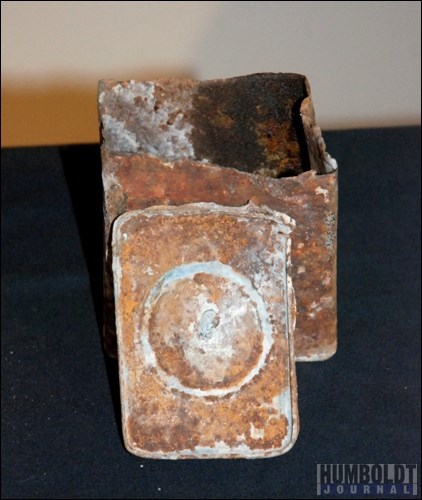Dig, dig, dig, and survey.
That's what $5,000 in funding from the Saskatchewan Heritage Foundation will be paying for at the Original Humboldt site this summer.
The site of the original Humboldt settlement, located about eight kilometres southwest of the current city holds a wealth of history about this part of the country. The first telegraph station in the area was located at that site, as was what is now referred to as Fort Denison - where soldiers were stationed to guard rations for the troops fighting in the North West Rebellion in 1885.
The majority of the archeological work to be undertaken at the site in 2012 will be at the Fort Denison location, reported Jennifer Hoesgen, director of the Humboldt and District Museum and Gallery, the agency underwriting the dig.
"They're going to do more topographical mapping, more geophysics (work) including ground-penetrating radar and magnetic grids," she said of archeologists from Western Heritage Services, who are actually in charge of the dig.
"And they will be doing more detailed soil analysis," she added.
The topographical and geophysics work typically involves things happening on the ground's surface.
However, there will be some digging happening, too, Hoesgen promised.
"We're going to be doing an excavation of the can cache," she said, referring to a number of cans found in a single location late last fall. The cans once contained some sort of meat and date from the era that the soldiers would have been on the land.
Archeologists will be creating some smaller excavation units, Hoesgen noted, to see if some of the other anomalies noted on the ground-penetrating radar surveys are also caches of cans, as the first cache was.
That dig will take place in July, Hoesgen noted.
Volunteers are welcome and needed to help with the dig. Those interested can contact Hoesgen for more information.
"If you'd like to volunteer, get on the list, and help us dig," she said.




